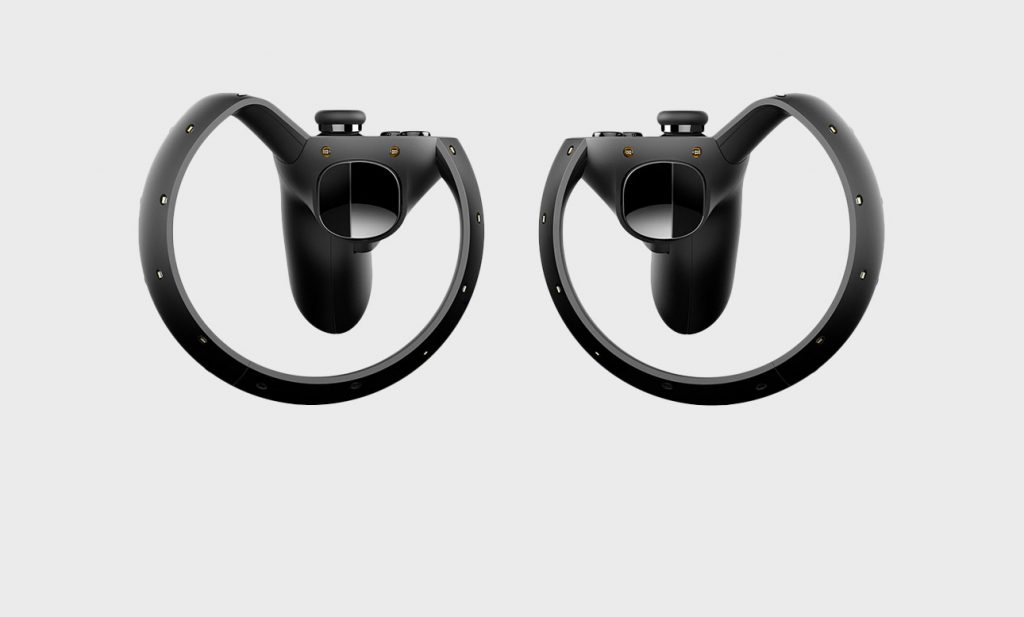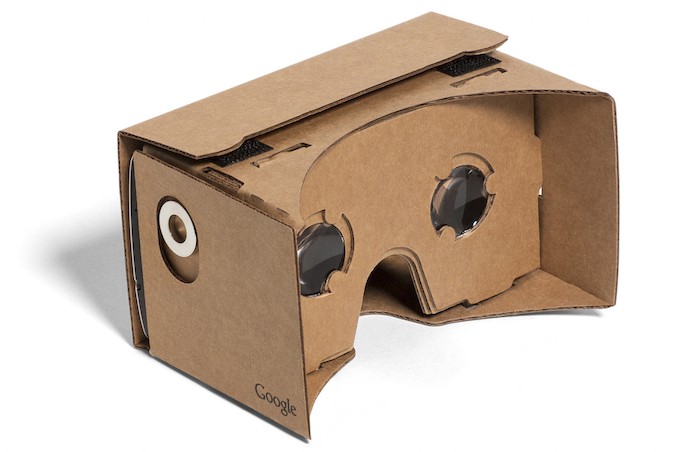The Future of Marketing.
In marketing AIDA is the acronym explaining steps to a sale. Awareness, Interest, Desire and Action. It’s a serial process. Back in the day, only a salesperson could get a consumer through all 4 steps at one time. More often than not, the AIDA process started with advertising, walked forward with a brochure or some form of research, before being closed at retail. When the web came around, all four steps could be experienced online – in a matter of minutes. It’s why e-commerce is so hot.
Enter VR and the pictured controller device. These little experiential, hand-operated electronics will do more for collapsing the steps to a sale, than perhaps any technology ever invented. VR headsets are the surround-sound movie theater, but it will be the controllers through which commerce is conducted. If the phone network is the headset, the controller is the iPhone.
Right now the headsets are the gold and the controllers the cheap peripheral. I believe that will change. And that change will alter the way we climb the steps to a sale.
One man’s bet. Peace.




